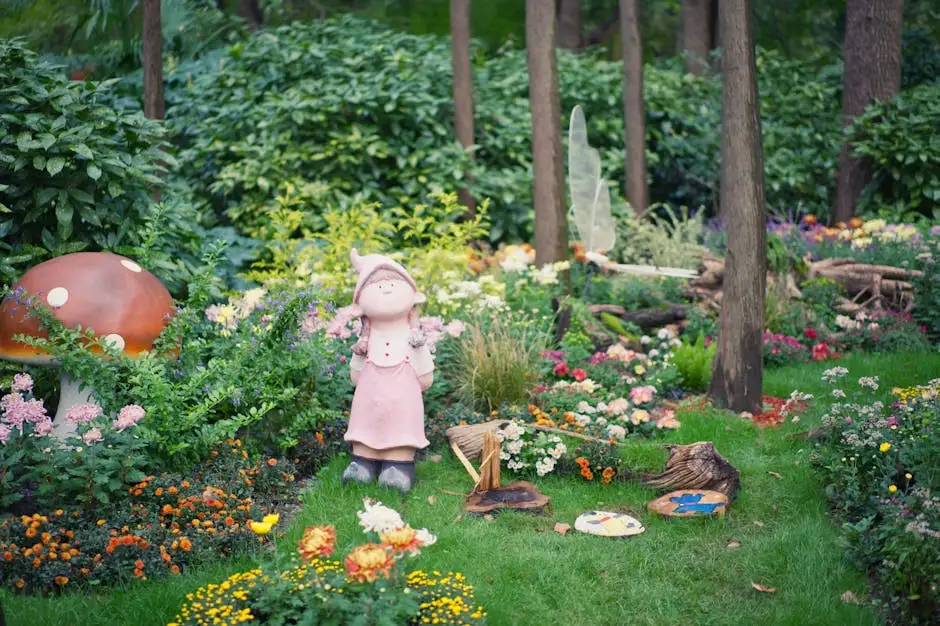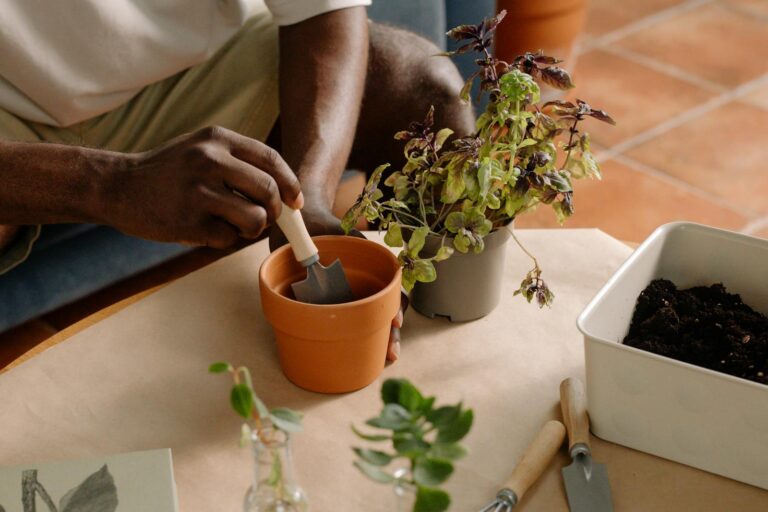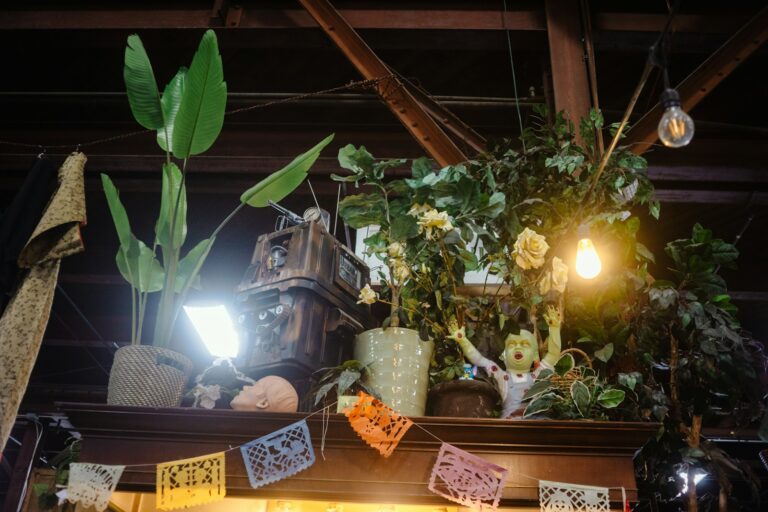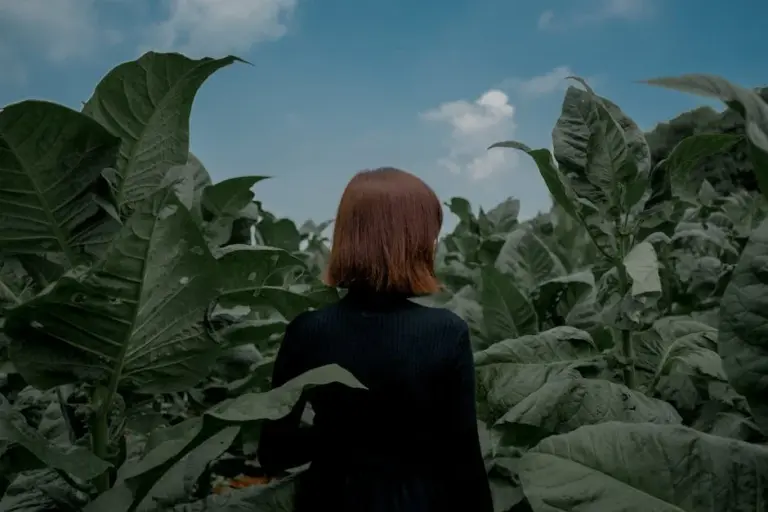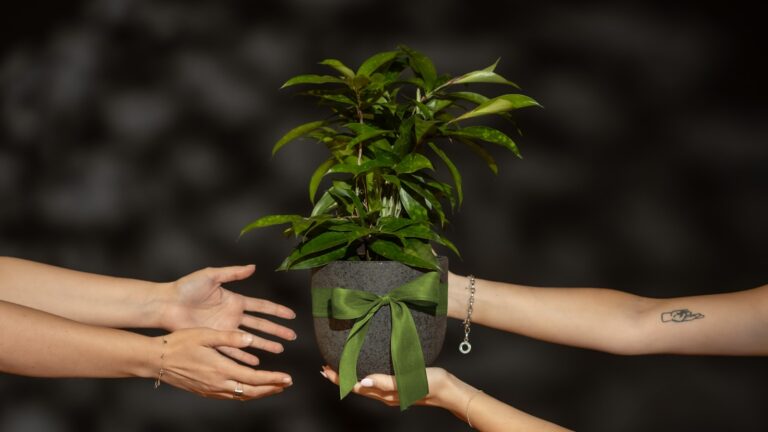How to Create a Fairy Garden: A Step-by-Step Guide for Beginners
Creating a fairy garden is a fun way to bring a touch of magic and creativity into your home or outdoor space. Whether you have a large backyard or just a small planter, you can design a miniature garden that captures your imagination and adds charm to your environment.
This guide will show you how to create a fairy garden by combining plants, tiny decorations, and your own creative ideas to make a small, enchanting world. You’ll find the process enjoyable and accessible, no matter your gardening experience.
Choose the perfect container like a teacup, planter, or wooden box
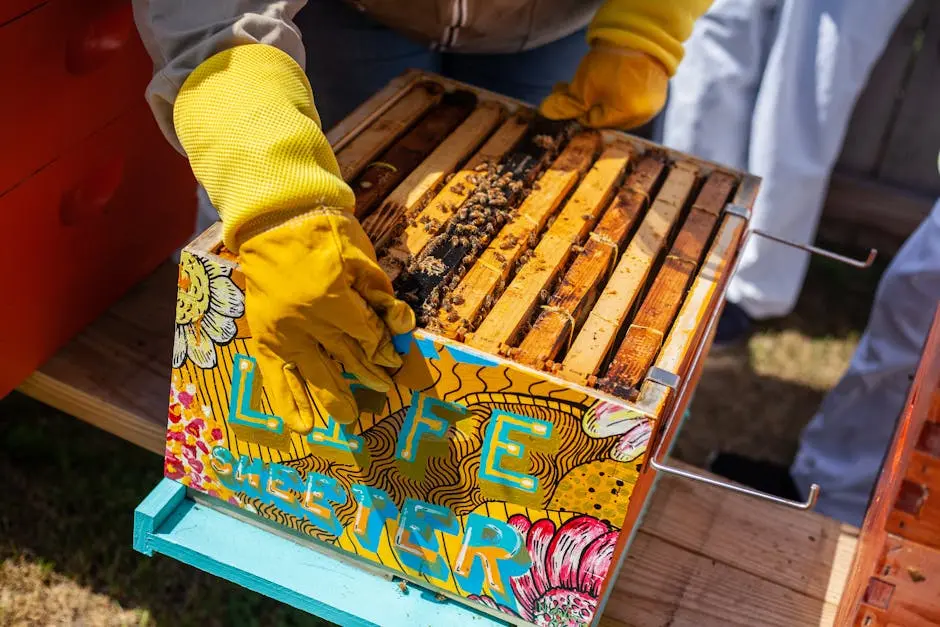
Start by thinking about the space you have and how much room your fairy garden will need. A small teacup is perfect if you want something petite and charming.
If you have a bit more space, a flowerpot or planter gives you more room to add plants and fairy accessories. Wooden boxes are great too and can hold larger designs or multiple fairy scenes.
Choose a container that feels right for your style and the size of your garden. Remember, the container is your fairy garden’s base, so pick one that inspires your creativity.
Select miniature plants such as baby tears, moss, and small succulents

When choosing plants for your fairy garden, focus on tiny varieties that keep everything in scale. Baby tears are a popular choice because their small leaves create a soft, grassy look that’s perfect for ground cover.
Moss adds a natural, woodland feel and thrives in damp, shaded areas. Small succulents bring interesting shapes and textures while being easy to care for. Picking these miniature plants helps your fairy garden feel like a tiny, believable world.
Add charming fairy houses made of wood or ceramic
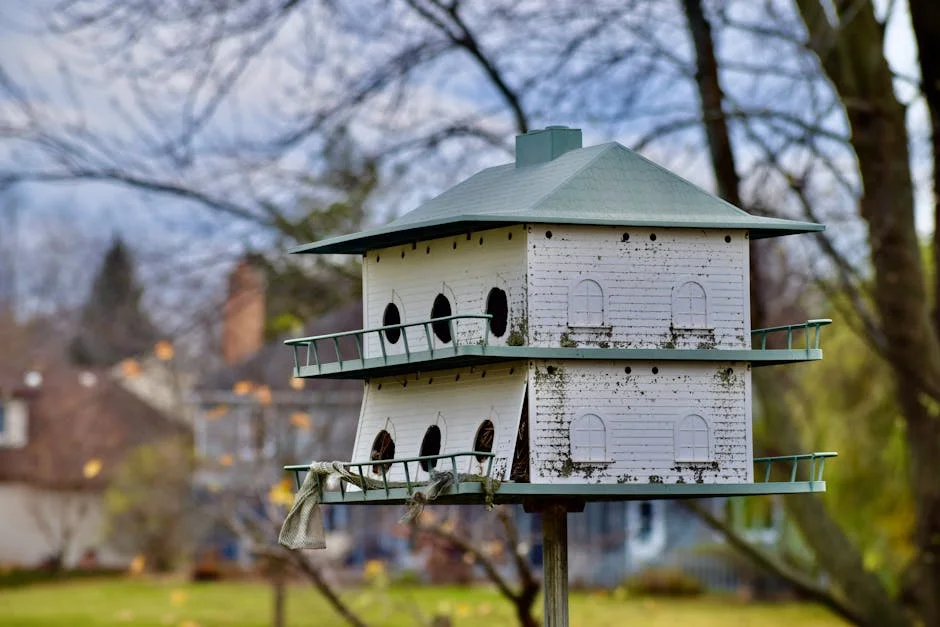
You can add a cozy touch to your fairy garden with small wooden houses. Using natural materials like twigs or scrap wood helps your fairy house blend well with the garden.
Ceramic fairy houses are another great option. They offer a sturdy, weather-resistant home for your fairy friends and add a colorful, artistic vibe.
Whether you build or buy, placing your fairy houses thoughtfully among plants or on pebbles will make your garden feel more enchanting and inviting.
Incorporate tiny accessories like benches, bridges, and lanterns

Adding small accessories brings life and character to your fairy garden. You can place tiny benches or chairs to create cozy seating areas for your fairies.
Bridges are a charming way to connect different parts of your garden. They add depth and make your layout feel more complete.
Lanterns help create a warm, inviting atmosphere. You can use miniature lanterns or make your own from natural materials like twigs and leaves. These details make your garden feel special and personal.
Use natural elements like stones, bark, and twigs for pathways

You can create charming pathways in your fairy garden using stones, bark, and twigs. These natural materials blend beautifully with the miniature setting and add texture.
Lay small stones or pebbles in a winding shape to mimic cobblestone paths. Twigs work well for borders, keeping the pathway defined but natural-looking.
Bark pieces add rustic charm and can serve as stepping stones or bases for fairy houses. Collect these materials from your yard or a nearby park to keep your garden eco-friendly and unique.
Plant colorful flowers like mini pansies or violets for vibrancy
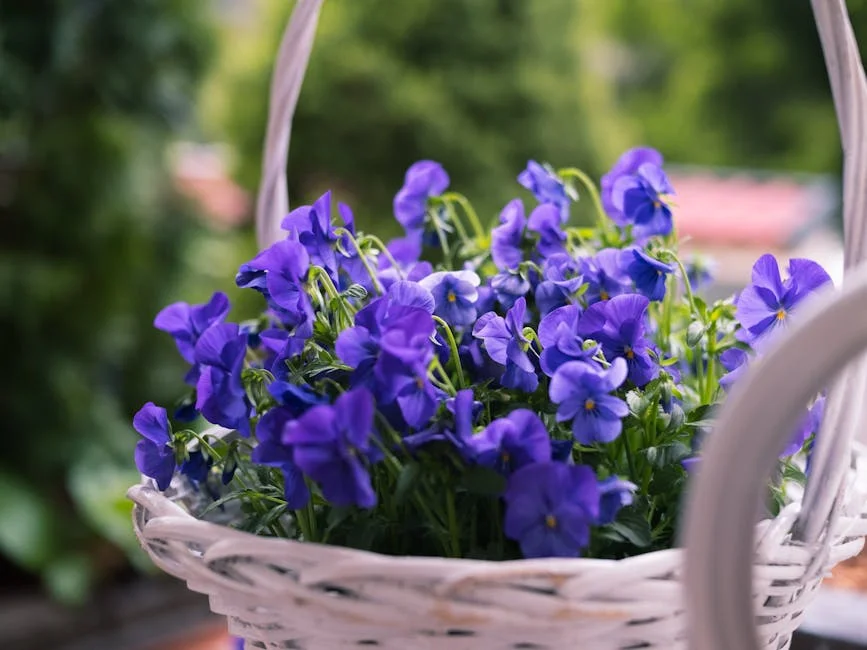
Adding mini pansies or violets to your fairy garden brings lively colors that brighten the space. These flowers are small enough to fit perfectly in miniature settings without overpowering other elements.
Pansies come in many shades and have a charming appearance, making them a popular choice. They thrive in full sun to partial shade, which works well for most fairy garden locations.
Violets offer a soft, delicate look and add a natural feel to your garden. Both flowers are relatively easy to care for, giving you beautiful blooms with minimal effort.
Create levels with small pebbles or soil mounds for depth
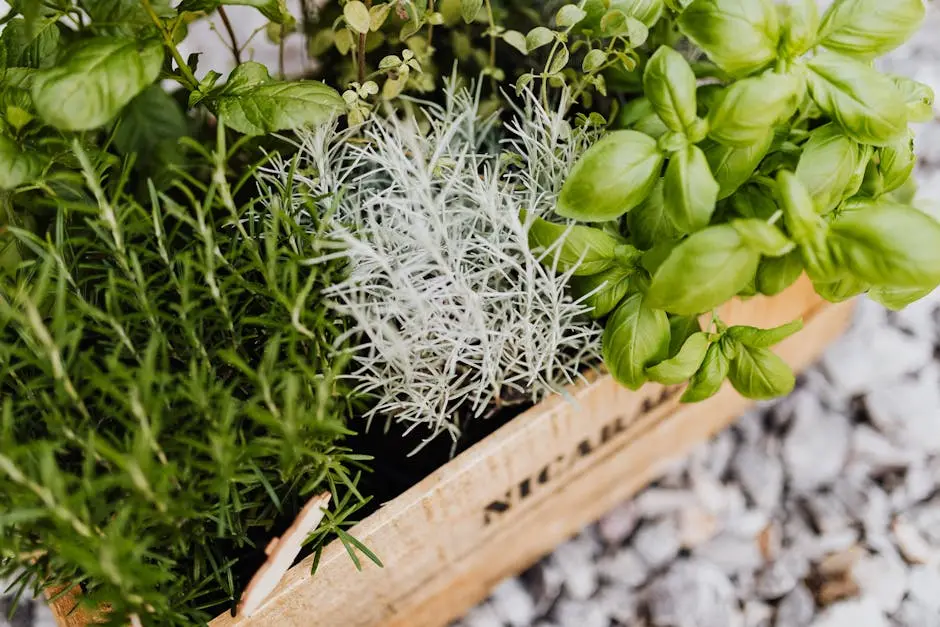
Adding different levels to your fairy garden makes it more interesting and natural. You can use small pebbles to build gentle slopes or add soil mounds to create raised areas.
These layers help showcase plants and decorations better. For example, placing a tiny fairy house on a small mound makes it stand out.
Use a mix of materials like gravel and soil to keep the structure stable. Take your time shaping the levels so they blend smoothly with the rest of your garden. This simple step adds depth and charm to your miniature world.
Include whimsical items like toadstools and tiny fairy figurines

Adding whimsical items helps bring your fairy garden to life. Toadstools are classic decorations that add a touch of magic and color.
Tiny fairy figurines create a sense of storytelling and make the garden feel inhabited. Place them in cozy spots or near plants.
Mix in other small items, like miniature furniture or lanterns, to enhance the charm. These details invite you to explore and imagine.
Don’t be afraid to personalize your fairy garden with handmade or unique pieces. It’s all about creating a playful, magical space you enjoy.
Place solar or battery-operated fairy lights for a magical glow

Add solar or battery-operated fairy lights to your garden to create a soft, inviting glow. These lights don’t need to be plugged in, so you can easily move them around wherever you like.
Solar lights charge during the day and turn on automatically at night. Battery-operated ones give you flexibility with brightness and placement but need occasional recharging or battery changes.
Try wrapping fairy lights around plants, garden paths, or inside small jars to highlight different areas. This simple touch can make your fairy garden feel cozy and enchanting in the evening.
Designate a shady spot or bright windowsill for your garden
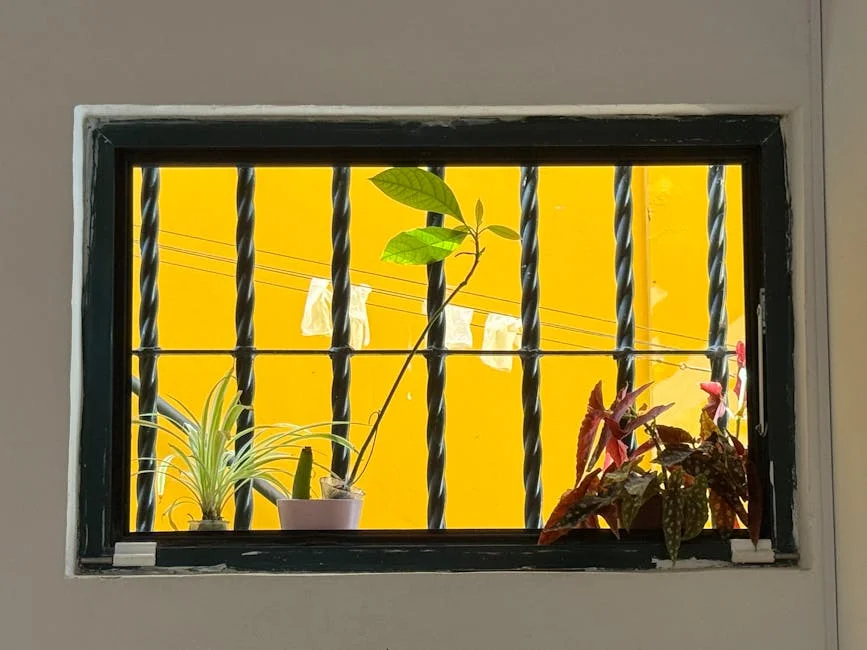
Choose a location that fits the needs of your plants. If your fairy garden will include sun-loving plants, a bright windowsill with plenty of light works well. South-facing windows are ideal for these spots.
For plants that prefer cooler, low-light conditions, pick a shaded area outside or inside. Shade gardens often thrive with hostas, ferns, and mosses, which add texture and color.
Consider the space you have and how much sun it receives. This will help you pick the right plants and create a cozy fairy garden that suits your home perfectly.

